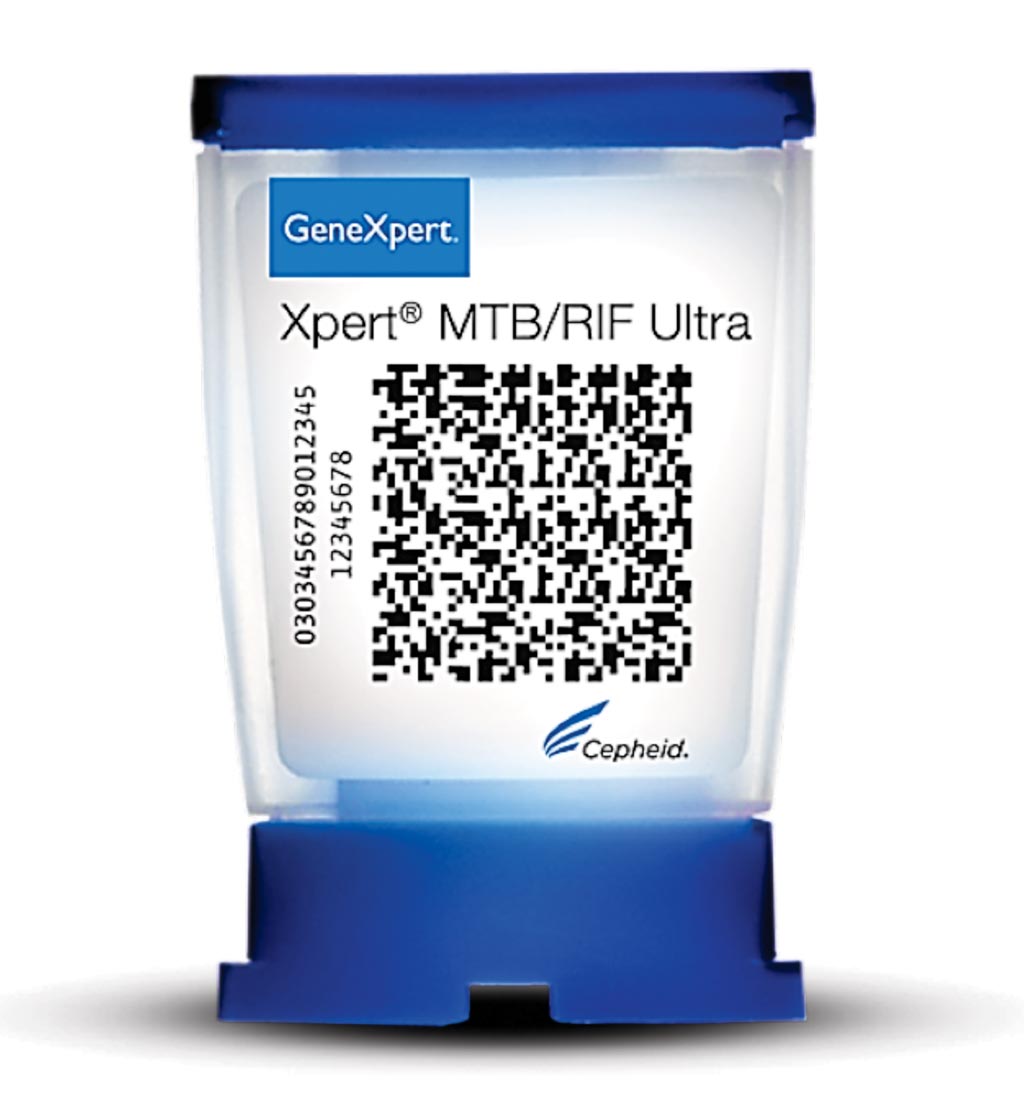New Diagnostic Test Improves Detection of Tuberculosis
By LabMedica International staff writers
Posted on 14 Sep 2017
Tuberculosis (TB) remains a global health threat despite the development of new diagnostics and antitubercular drugs. The MTB/RIF assay was developed to improve TB and rifampin resistance (RIF-R) detection.Posted on 14 Sep 2017
Although the assay showed high overall sensitivity and specificity with pulmonary samples, its sensitivity has been lower with smear-negative pulmonary samples and extrapulmonary samples. In addition, the prediction of rifampin resistance (RIF-R) in paucibacillary samples and for a few rpoB mutations has resulted in both false-positive and false-negative results.

Image: The GeneXpert MTB/RIF Ultra assay for tuberculosis; this new test is critical in allowing clinicians improved diagnostic interpretation (Photo courtesy of Cepheid).
Scientists at the Rutgers New Jersey Medical School (Newark, NJ, USA) and their many colleagues developed the Xpert MTB/RIF Ultra assay (Ultra) to improve performance of the G4 cartridge used in Xpert. Ultra and Xpert limits of detection (LOD), dynamic ranges, and RIF-R rpoB mutation detection were tested on Mycobacterium tuberculosis DNA or sputum samples spiked with known numbers of M. tuberculosis H37Rv or M. bovis BCG CFU. Frozen and prospectively collected clinical samples from patients suspected of having TB, with and without culture-confirmed TB, were also tested.
The investigators reported that for M. tuberculosis H37Rv, the LOD was 15.6 CFU/mLof sputum for Ultra versus 112.6 CFU/mLof sputum for Xpert, and for M. bovis BCG, it was 143.4 CFU/mL of sputum for Ultra versus 344 CFU/ml of sputum for Xpert. Ultra resulted in no false-positive RIF-R specimens, while Xpert resulted in two false-positive RIF-R specimens. All RIF-R-associated M. tuberculosis rpoB mutations tested were identified by Ultra. Testing on clinical sputum samples, Ultra versus Xpert resulted in an overall sensitivity of 87.5% versus 81.0% and a sensitivity on sputum smear-negative samples of 78.9% versus 66.1%. Both tests had a specificity of 98.7% and both had comparable accuracies for detection of RIF-R in these samples. Ultra should significantly improve TB detection, especially in patients with paucibacillary disease, and may provide more-reliable RIF-R detection.
The authors conclude that that Ultra will result in greater TB case detection rates not only in subjects with paucibacillary TB, such as those with human immunodeficiency virus (HIV) coinfection, but also in pediatric patients with TB and those with extrapulmonary TB, which are known to have lower mycobacterial loads. The study was published on August 29, 2017, in the journal mBio.
Related Links:
Rutgers New Jersey Medical School














